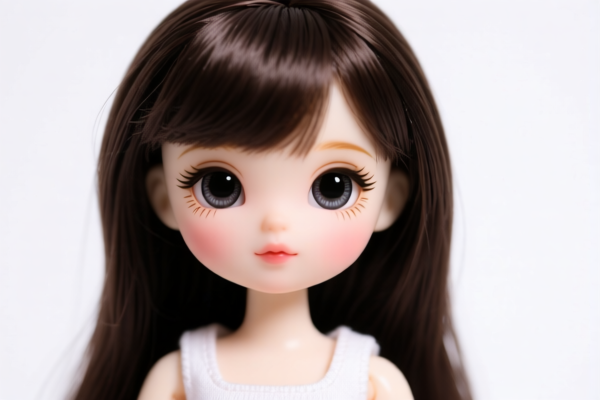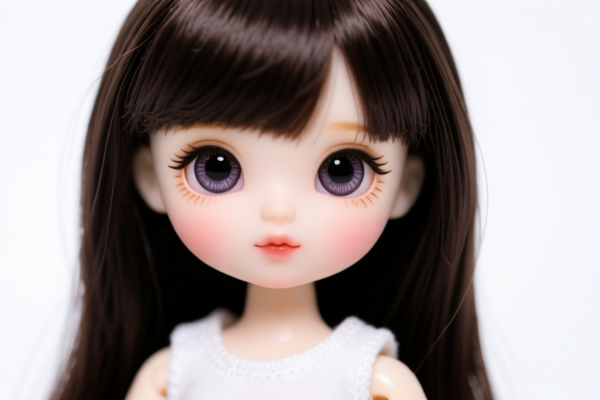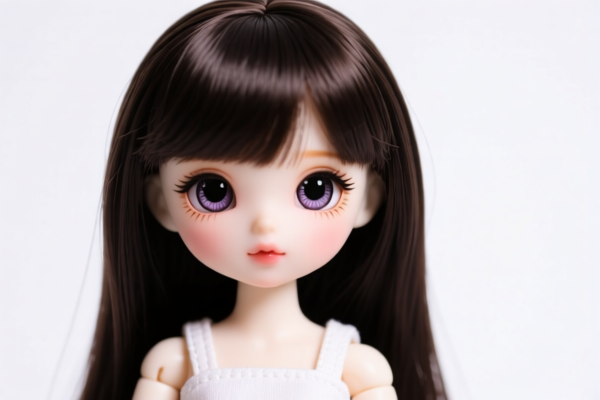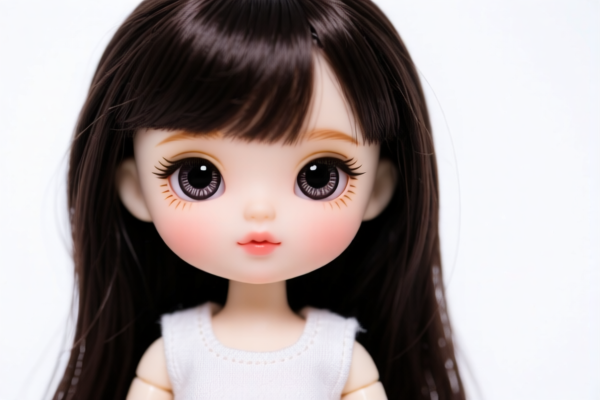| HS Code | Official Doc | Tariff Rate | Origin | Destination | Effective Date |
|---|---|---|---|---|---|
| 9503000011 | Doc | 30.0% | CN | US | 2025-05-12 |
| 9503000071 | Doc | 30.0% | CN | US | 2025-05-12 |
| 6307907500 | Doc | 34.3% | CN | US | 2025-05-12 |
| 3926901600 | Doc | 40.6% | CN | US | 2025-05-12 |
| 3924104000 | Doc | 33.4% | CN | US | 2025-05-12 |
| 3924905650 | Doc | 40.9% | CN | US | 2025-05-12 |




Toy Doll
A toy doll is a figure representing a human or animal, typically used by children for play. Dolls have a long history, evolving from rudimentary representations to highly detailed, technologically advanced figures.
Materials:
- Traditional: Historically, dolls were crafted from materials like wood, clay, bone, ivory, wax, and cloth.
- Modern: Contemporary dolls utilize plastics (such as vinyl, polypropylene, and ABS plastic), porcelain, silicone, and various fabrics for clothing and hair. Some dolls incorporate electronic components.
Purpose:
Dolls serve multiple purposes:
- Play and Imagination: Encouraging role-playing, storytelling, and social-emotional development.
- Collecting: Dolls are a popular collector's item, with value often based on rarity, condition, and historical significance.
- Fashion and Design: Dolls are used as models for clothing design and fashion trends.
- Nurturing: Some dolls are designed to encourage nurturing behavior, particularly in young children.
Function:
The function of a doll is primarily to facilitate play. However, functions vary depending on the doll type:
- Imitation: Allowing children to mimic adult behaviors and social interactions.
- Emotional Expression: Providing a medium for children to express feelings and explore emotions.
- Skill Development: Enhancing fine motor skills, language skills, and cognitive abilities.
- Companionship: Providing a sense of comfort and companionship.
Usage Scenarios:
- Individual Play: Children engage in imaginative play with dolls independently.
- Group Play: Dolls are used in collaborative play scenarios with other children.
- Display: Dolls are often displayed as collectibles or decorative items.
- Educational Settings: Dolls are used in classrooms to teach social skills and empathy.
Common Types:
- Baby Dolls: Designed to resemble infants, often with features like realistic crying and feeding functions.
- Fashion Dolls: Emphasize clothing and style, such as Barbie, Bratz, and L.O.L. Surprise! dolls.
- Collectible Dolls: Produced in limited editions, often with intricate details and historical themes (e.g., Madame Alexander dolls).
- Action Figures: Typically representing heroic or fictional characters, often with articulated joints and accessories. While sometimes categorized separately, many action figures share characteristics with dolls.
- Rag Dolls: Soft-bodied dolls traditionally made from cloth, known for their simplicity and handmade appearance.
- Porcelain Dolls: Dolls crafted from porcelain, often highly detailed and considered collectible items.
- Reborn Dolls: Highly realistic baby dolls created by artists, often with lifelike features and weighted bodies.
- Paper Dolls: Two-dimensional dolls made from paper, often with interchangeable clothing and accessories.
- Artist Dolls: Unique, handcrafted dolls created by individual artists, often with distinctive styles and features.
Toy dolls fall under the classification of toys, specifically within the scope of wheeled toys, dolls, and recreational models. Here's a breakdown of relevant HS codes based on the provided information:
- 9503000011: This HS code covers Tricycles, scooters, pedal cars and similar wheeled toys; dollsʼ carriages; dolls, other toys; reduced-scale (“scaleˮ) models and similar recreational models, working or not; puzzles of all kinds; parts and accessories thereof. Specifically, it applies to “Childrenʼs productsˮ as defined in 15 U.S.C. § 2052: Inflatable toy balls, balloons and punchballs, of rubber: Labeled or determined by importer as intended for use by persons: Under 3 years of age. The first two digits (95) indicate articles for amusement, games or sports; the next two (03) specify toys, games and sports requisites; and the remaining digits further define the type of toy and age group.
- 9503000071: This HS code also covers Tricycles, scooters, pedal cars and similar wheeled toys; dollsʼ carriages; dolls, other toys; reduced-scale (“scaleˮ) models and similar recreational models, working or not; puzzles of all kinds; parts and accessories thereof. However, it applies to “Otherˮ types of “Childrenʼs productsˮ as defined in 15 U.S.C. § 2052: Labeled or determined by importer as intended for use by persons: Under 3 years of age. Similar to 9503000011, the first two digits (95) indicate articles for amusement, games or sports; the next two (03) specify toys, games and sports requisites; and the remaining digits further define the type of toy and age group.
Important Note: Both HS codes 9503000011 and 9503000071 are specifically for “Childrenʼs productsˮ as defined in 15 U.S.C. § 2052 and are differentiated by whether they are inflatable rubber toys under 3 years of age (9503000011) or other types intended for use by persons under 3 years of age (9503000071).
Tax Rate Information:
- Both HS codes currently have a base tariff of 0.0% and an additional tariff of 0.0%. However, a 30.0% additional tariff will be applied after April 2, 2025. Therefore, the total tariff rate will be 30.0% after this date.
Customer Reviews
No reviews yet.